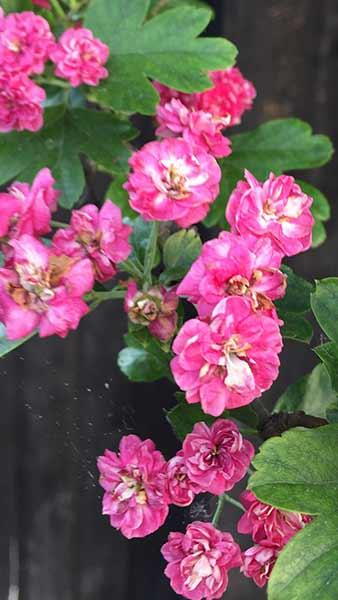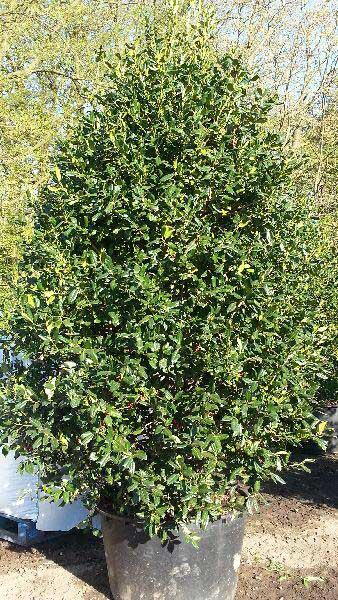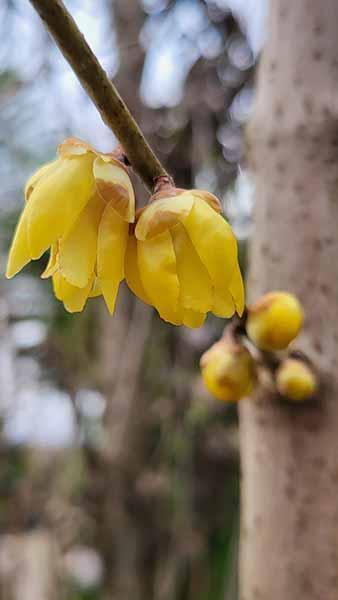Ilex Nellie R Stevens. Hybrid Holly Nellie R Stevens - UK
Ilex Nellie R Stevens is one of many varieties of Holly. It is a hybrid of the Horned Holly - Ilex Cornuta and Ilex Aquifolium (which is the common holly).Nellie R Stevens Holly is an evergreen Shrub growing to 4m by 5m over time. It is fairly slow growing. This shrub is adaptable to all soil types although prefers slightly moist areas. It can grow in semi-shade (light woodland) or no shade.Wildlife Tip: Attracts birds and wildlife to feed or nest in its dense branchesHolly Nellie R Stevens typically grows as a large evergreen broadleaf shrub with a conical and dense form. Its foliage is a rich dark green in colour, glossy in texture, and oblong in shape. Leaves can be 4 inches long and have spiny margins with typically 2 to 3 spines per side.As with most hollies, Holly Nellie R Stevens is evergreen and blooms with small flowers, which are greenish-white in colour, each spring. It produces red berries in autumn.Ilex Nellie R Stevens are ideal selection for privacy screens, hedging, borders or standalone shrubs. Plant in part shade or full sun. If you do need to do any pruning, best to do this in winter.Ilex is a genus of more than 400 specimens of deciduous and evergreen trees, climbers, and shrubs from temperate, subtropical, and tropical regions. They are mostly grown for their evergreen and attractive foliage, which never fade and stay green throughout the year. View other hollies – such as the native Ilex Aquifolium. We also have Ilex Nellie R Stevens available as a topiary clear-stemmed tree. And we have Ilex Nellie R Stevens as a pleached tree.









